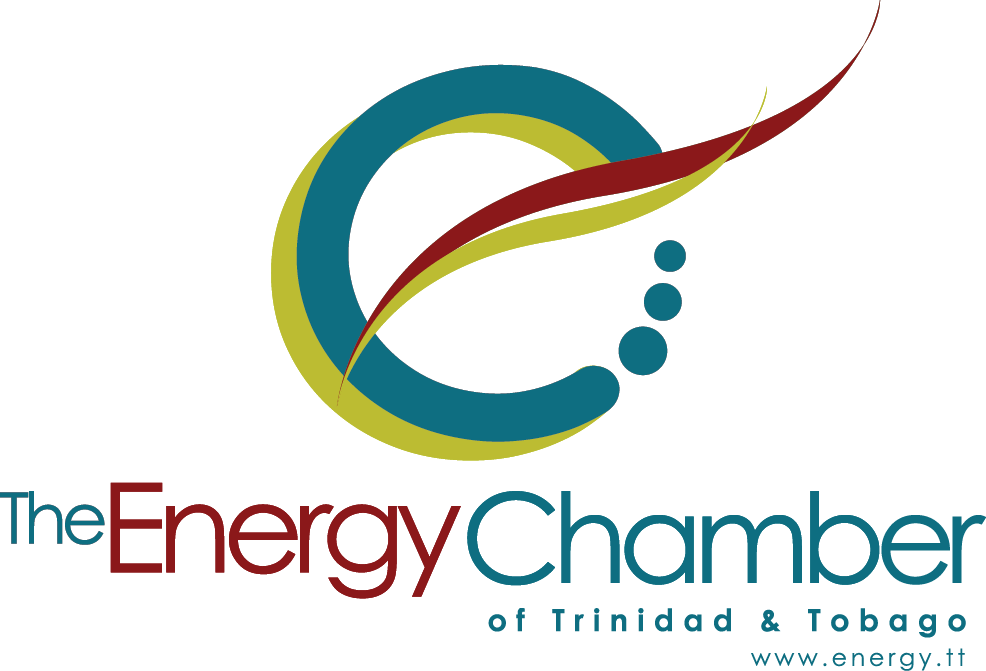Earlier this year, the Energy Chamber released a map that showed the upstream activity taking place in the country. This was first released at the T&T Energy Conference in February 2025.
Over the last 6 months there have been some significant changes to this activity map, as projects have moved through the development cycle. Some projects have achieved a final investment decision and have moved into the full development stage, while some exploration projects have found commercial resources and are now in the stage of working towards a final investment decision. Last week the map was also significantly changed by the return of a major player, ExxonMobil, with an exploration block in the deepwater.
The map categorizes projects into three main categories; 1. Exploration projects – those projects which seek to establish the presence or quantity of the resource, 2. Projects working toward FID – projects which have established that there are resources which can be exploited but design work and commercial work need to be done to ensure that it is commercially viable and a final investment decision can be made and finally 3. Projects in execution - those projects which have achieved FID and are now being implemented to produce the resource.
These three can be considered as phases for a project which goes from the start to completion of the project. The time taken to move between these stages can vary considerably from a minimum of three years to as much as twenty years, depending on the specific issues including complexity, water depths, proximity to infrastructure, license negotiations and size.
Moving quickly is crucial for maintaining production in the country as year-to-year oil and gas production naturally declines. Having a robust pipeline of projects is critical for T&T, as production of both oil and gas has been falling over the last decade.
This update highlights that there are projects that are successfully moving through the pipeline.
In the previous map, the bpTT Cypre project and the Mento project (which is an EOG JV with bpTT where EOG is the operator) were listed as a project in execution. In Q2 both projects successfully delivered first gas.
Other projects in the execution phase like Shell Manatee is expected to begin production in 2027. The Shell Aphrodite (formerly named Black Jack) also received FID and moved into execution phase and also expects first gas in 2027.
bpTT’s Frangipani and Beryl (EOG/BPTT JV) moved from being exploration projects to projects working toward FID.
There are other major upstream projects that are still advancing towards investment decisions, including Calypso (Woodside/bp), Onyx (Perenco) and Kanikonna (bpTT).
The major change to the map was the recent announcement from the government of the signing of a production sharing contract (PSC) with ExxonMobil for the newly established UD-1 Block in T&T’s ultra deepwater. This is now added to the projects in the exploration phase.
As part of the PSC, it is reported that Exxon will conduct a substantial seismic survey which covers an area of approximately 5,500 square km – an area larger than the area of Trinidad itself. It was also announced that two exploration wells may be drilled.
Another addition was in November 2024, when two sites were established to conduct Wind Resource Assessments (WRAP); however, in July 2025, it was announced that two additional sites would be added, so to date there are 4 sites being measured to assess the potential for wind energy. The two new WRAP sites have also been added to the map. These projects were placed in the exploration phase – as these projects are currently gathering data to quantify the wind resources which will determine if wind projects are feasible in T&T. While data collection is ongoing, the interim data show positive results to support the development of a wind farm.
In July 2025, it was also announced that first electrons were produced from the Brechin Castle Solar Project – a joint venture among, bpTT, Shell and The National Gas Company of Trinidad and Tobago Limited.
The map also includes two hydrogen projects - the NewGen hydrogen project and the National Energy project. These two projects promise to provide green hydrogen for the downstream petrochemical sector. These projects will be critical to reducing the carbon intensity of the ammonia sector. These projects are still in development and seeking to confirm FID.
It is important to continue to look at projects and where they are in the process. Projects should move through the process like a conveyor belt, to ensure that they are quickly moving through the different phases but also allowing more potential projects to be added, become viable and begin producing – oil, gas, hydrogen, renewable energy and more.
The Energy Chamber annually hosts the Upstream Forum where major operators present their workplans for the near to medium term. The operators share their demand for services to support their activity plans. Interested companies can visit www.energy.tt to learn more.


